
Ultrahigh Energy Cosmic Rays are the highest-energy particles in the universe, whose energies are more than a million times what can be achieved by humans.
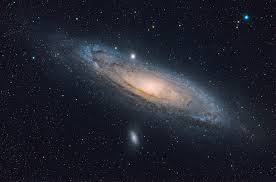
Located 2.5 million light-years away, the majestic Andromeda galaxy appears to the naked eye as a faint, spindle-shaped object roughly the angular size of the full Moon.

Speedy’ planets orbiting faster in smaller orbits around white dwarfs are warmer than expected and more likely to maintain habitable conditions than the planets around the sun-like stars.
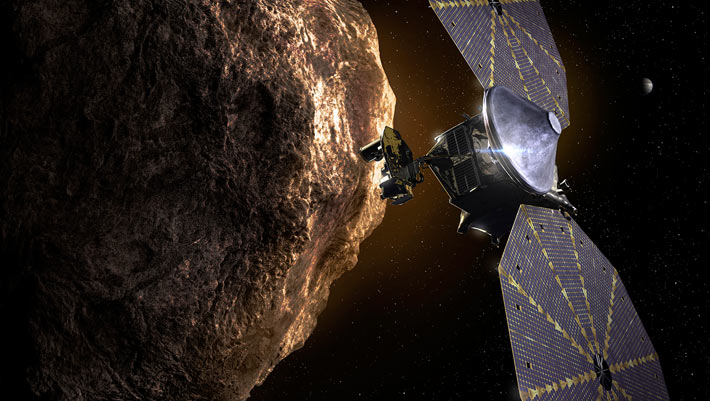
NASA's Lucy spacecraft will fly by the small asteroid Donaldjohanson on April 20, 2025.

When you look around the Universe you live in, it looks like a 3D space, just like the surface of the Earth looks like a 2D space. However, just like the Earth, if you were to look at the Universe as a whole, it could be a more complicated space.
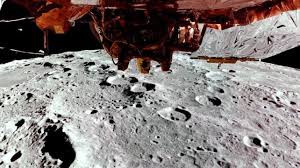
Firefly’s Blue Ghost lunar lander softly touched down in Mare Crisium carrying 10 NASA instruments.

In 2007, astronomers discovered the Cosmic Horseshoe, a gravitationally lensed system of galaxies. New research reveals the presence of an Ultra-Massive Black Hole in the foreground galaxy with a staggering 36 billion solar masses.

Data from Chinese Zhurong rover provide an unprecedented look into rocks buried near a proposed shoreline billions of years old. The researchers claim to have found beach deposits from an ancient Martian ocean.
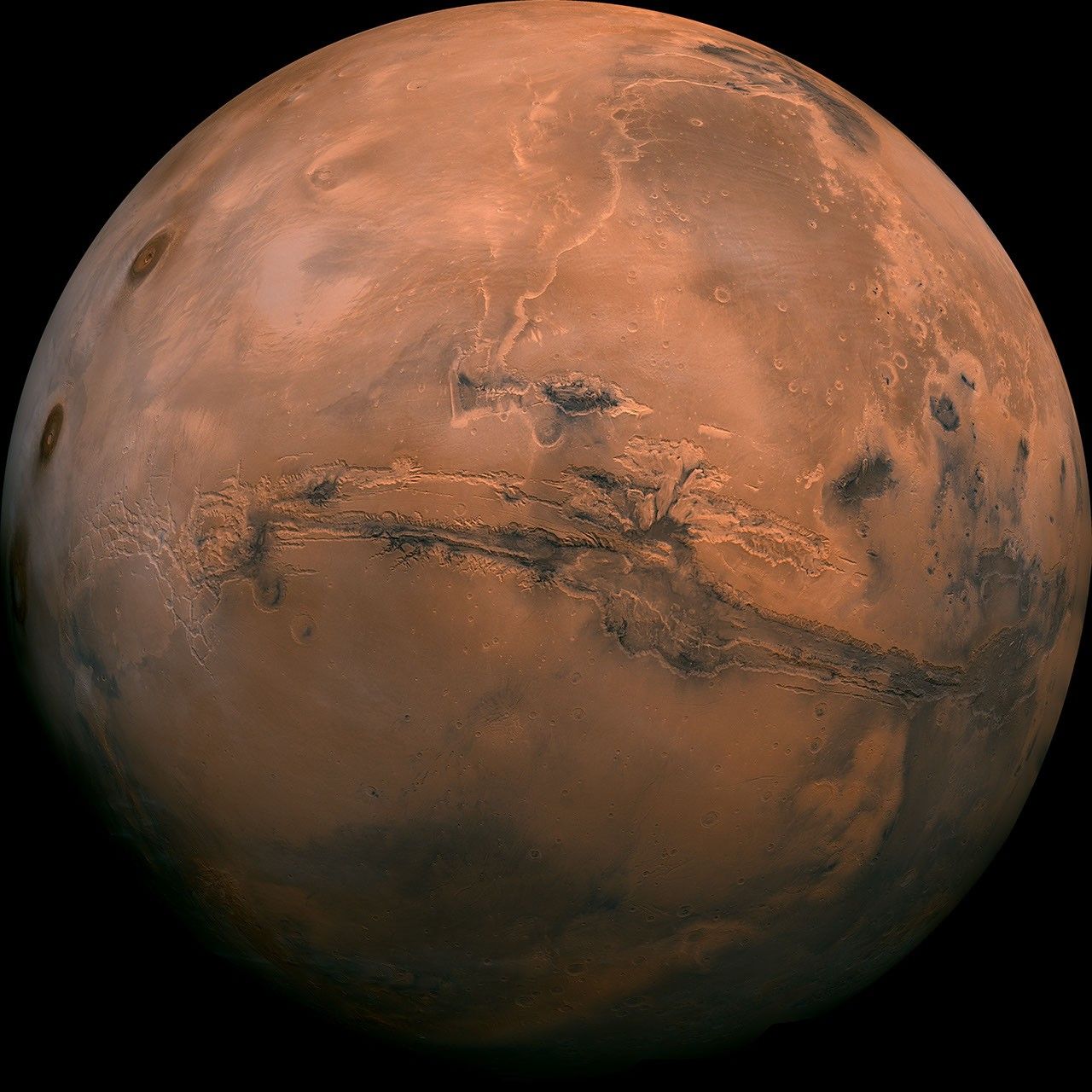
A new international study partially funded by NASA on how Mars got its iconic red color adds to evidence that Mars had a cool but wet and potentially habitable climate in its ancient past.

Using the James Webb Space Telescope, scientists witnessed a brilliant light show at the heart of our Milky Way galaxy.
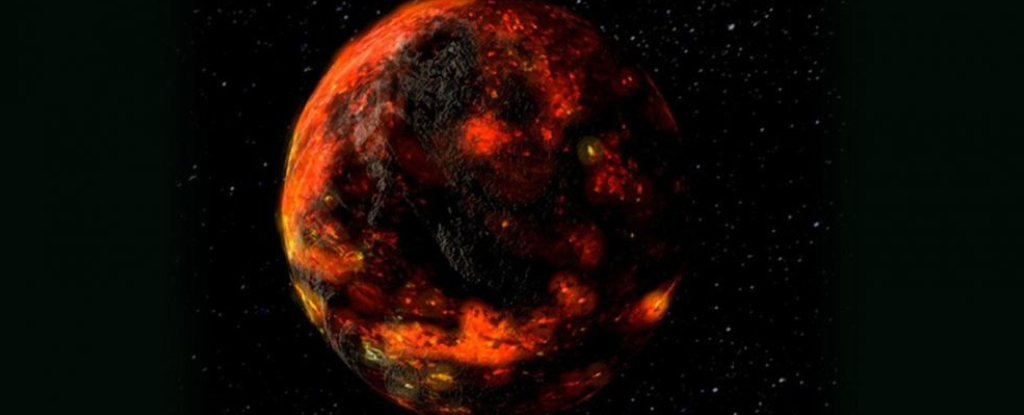
New measurements of rocks gathered during the Apollo missions now show it solidified some 4.43 billion years ago. It turns out that's about the time Earth became a habitable world.

Scientists have traced radioactive elements on the seafloor back to the cosmic explosions they might have come from – and potentially linked the event to evolutionary changes in viruses in a lake in Africa.

Recent expanded analysis much more strongly suggests that Callisto hosts a subsurface ocean.

A team of researchers has found evidence of salt minerals in samples recovered from Ryugu during the initial phase of Japan's Hayabusa2 mission.

The planet, WASP-121b, is some 900 light-years away in the constellation Puppis. The team has now probed deep inside Tylos's atmosphere and revealed distinct winds in separate layers, forming a map of the atmosphere's 3D structure.